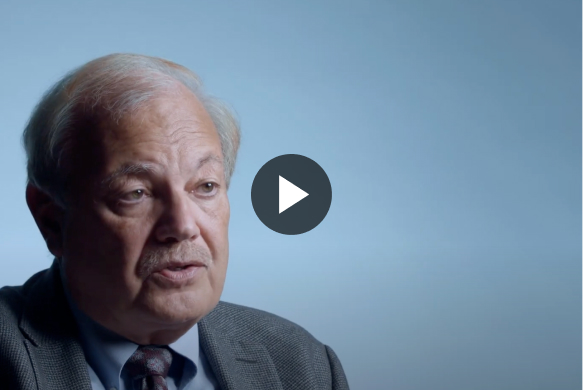Researchers make progress toward a ‘pill’ for stroke recovery
Imagine a medicine that could help your brain heal after a stroke — without the grueling hours of physical therapy. That’s the promise of a new discovery by UCLA researchers who have identified a drug candidate that successfully mimics the effects of stroke rehabilitation in mice.
Stroke is the leading cause of long-term disability in adults, leaving many survivors with damaged neural connections that hinder their movement and coordination. Traditional rehabilitation techniques don’t always work, primarily because many patients can’t sustain the physical intensity required for recovery, says neuroscientist Dr. S. Thomas Carmichael, who chairs UCLA’s Department of Neurology.

Working with stroke patients and mouse models, Carmichael and his team discovered that brain cells located away from the actual stroke site — cells known as parvalbumin neurons — get disconnected from other neurons. These special neurons generate vital gamma oscillations, brain rhythms that link neurons together to synchronize coordinated motion. Physical therapy in both mice and humans restores these rhythms, they found, but developing a drug that replicates that recovery was the next frontier.
Through meticulous research, the team identified a drug called DDL-920 — developed in the UCLA lab of Dr. Varghese John — that showed remarkable results, restoring movement control in mice nearly as effectively as physical rehabilitation.
While the findings are promising, further research is crucial. The team will need to conduct safety and efficacy studies before human trials can begin, Carmichael says. But the research offers genuine hope for the future. If DDL-920 proves safe and effective in humans, it could revolutionize stroke recovery — potentially making rehabilitation as simple as taking a pill.
“The goal is to have a medicine that stroke patients can take that produces the effects of rehabilitation,” Carmichael says. “Rehabilitation after stroke is limited in its actual effects because most patients cannot sustain the rehab intensity needed for stroke recovery … We need to move rehabilitation into an era of molecular medicine.”
